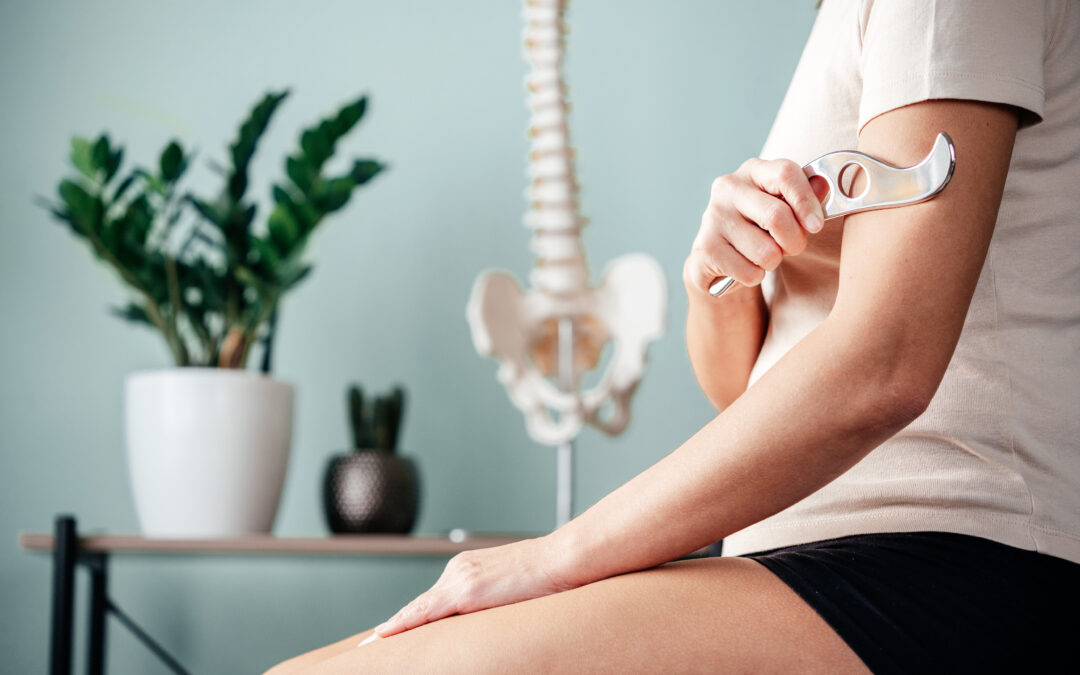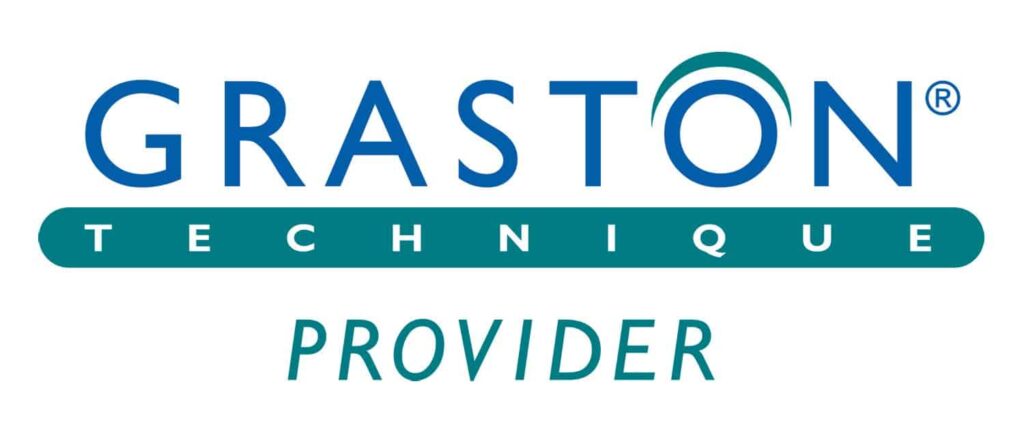The Graston Technique is a specific type of manual treatment that has gained popularity in the field of musculoskeletal rehabilitation.
The Graston Technique offers a targeted approach to promote healing and enhance functional outcomes, whether you’re an athlete recuperating from a sports injury or a person looking for relief from chronic pain. In this article, we’ll look at the history of the Graston Technique, some of its current applications, and particular instances of its use to speed up patient recovery.
The Graston Technique’s History ✍️
David Graston, a former athlete, and victim of an industrial accident, created the Graston Technique in the 1990s as a way to effectively heal his own injuries.
Graston experimented with specifically made instruments to apply controlled pressure and manipulation to soft tissues, taking inspiration from the “Gua Sha” technique used in traditional Chinese medicine. These stainless steel tools have been improved throughout time to deliver the best outcomes in removing scar tissue, easing fascial constraints, and encouraging tissue repair.
What Are Common Use Cases For Graston Technique? 🏃
The Graston Technique has achieved considerable acceptance and recognition in the physical therapy community due to its effectiveness in treating a number of ailments, such as:
Soft Tissue Injuries
For treating soft tissue injuries including strains, sprains, and tendonitis, the Graston Technique is very effective. Therapists can efficiently break down scar tissue, reduce inflammation, and boost blood flow by applying specialized devices to the damaged areas to hasten the body’s natural healing processes.
Repetitive Strain Injuries (RSIs)
The Graston Technique can provide specialized alleviation for people with RSIs such as carpal tunnel syndrome or tennis elbow. Therapists can relieve stress and restore function by concentrating on particular muscles and tendons, allowing patients to resume their normal activities pain-free.
The Graston Technique is a useful tool in post-surgical rehabilitation, which is topic C. It helps to control the development of postoperative scar tissue, lessen edema, and enhance range of motion. The approach can expedite recovery and improve overall results when used in the rehabilitation process.
Persistent Achilles Tendonitis
A runner seeking physical therapy for persistent Achilles tendonitis. The therapist applies targeted pressure along the injured tendon using Graston Technique tools. By releasing adhesions and promoting blood flow, this action quickens the healing process. The athlete gradually resumes jogging as their discomfort decreases and mobility improves over time.
Plantar Fasciitis
A middle-aged person who has persistent plantar fasciitis finds it difficult to carry out everyday chores. The fascia of the foot is the focus of the Graston Technique. The therapist helps the patient feel pain reduction and noticeably better foot function by employing the devices to release tension and break up scar tissue.
Tennis Elbow
Tennis players who suffer from chronic tennis elbow are unable to train. The physical therapist treats the damaged tendon using the Graston Technique, which breaks down fibrous tissue and promotes tissue reconstruction. The athlete’s pain diminishes as the therapy goes on, and their grip and racket-swinging skills improve.
In the field of physical therapy and rehabilitation, the Graston Technique has emerged as a crucial tool. Both patients and healthcare professionals favor it because of its ability to accurately target soft tissue injuries, minimize scar tissue, and speed healing.
The Graston Technique offers a potential route to a pain-free, functional life, whether you’re an athlete trying to recover from a sports-related injury or a person living with chronic pain. To find out if the Graston Technique is suitable for your unique problem and to receive individualized care that maximizes the advantages of this specialized therapy, never forget to visit with a licensed physical therapist.
In summary, the Graston Technique is a recommended option for many cases because it provides pain relief, greater mobility, and quicker recovery. This technique can greatly improve your musculoskeletal health, whether you’re an athlete or suffering from chronic discomfort.





